Cycles Approach for Language: Treating Multiple Areas of Language Simultaneously
When a child is struggling in more than one area of language, how do you decide what to work on first? In this episode, Carrie Clark, SLP and creator of the Speech and Language Kids Hub, shares her approach to tackling this common challenge—using a cycles approach for language therapy. Inspired by the classic cycles method for phonology, this flexible strategy helps SLPs target multiple areas of language without having to pick just one.
Whether you’re working with Tier 2 kids, students with mild mixed delays, or children with more complex needs, this method can help you move the needle on progress without feeling scattered or overwhelmed. Keep reading (or listening!) for practical tips, real-life examples, and tools to get started.
Listen to the Podcast Here
You can listen to the full podcast episode below:
Why Use a Cycles Approach for Language?
Carrie introduces the idea of cycling through different language goals—just like we do with phonology. Instead of zeroing in on one skill until mastery, you rotate through a set of 2–4 key targets, giving students repeated exposure over time.
Perfect for:
- Students with scattered mild delays
- Tier 2 intervention groups
- Children with language disorders across multiple domains
This method mirrors how language naturally develops and aligns beautifully with how school curriculums revisit and build on skills over time.
Meet Lane + Parker: Real-Life Student Examples
Carrie shares stories of two students who inspired her to rethink how she structured therapy. Both had mild delays across multiple language domains—but no single “big weakness” to focus on. Instead of choosing one goal and ignoring the rest, she tried a cycles-based approach… and it worked!
What the Research Says
Carrie highlights a study (from the ‘80s or ‘90s) that compared three therapy models: simultaneous targeting of phonology and language, block scheduling, and a cycling approach. Spoiler alert: cycling came out on top, reinforcing the value of this method for supporting progress across multiple skill areas.
Why It Works
Carrie describes a research study comparing three therapy methods:
- Both phonology and language in every session
- Blocked sessions (e.g., 6 weeks of just phonology, then 6 weeks of language)
- A cycles approach (alternating weekly)
The winner? The cycles model—students made more progress when targets were rotated!
How to Set Up a Language Cycle
Not sure where to start? Here’s Carrie’s simple setup:
- Pick 2–4 language goals (e.g., WH questions, sequencing, adjectives)
- Spend 1–2 weeks on each
- Cycle back to the beginning and repeat
- Adjust goals based on student progress and data
There’s no “one right way” to do it—customize based on the child’s needs and your style!
How to Write Goals + Track Progress
Goal writing can feel tricky with a cycles model, but Carrie offers two great options:
- Track one representative skill (e.g., retelling a past event) as a measure of overall language growth
- Use a rubric to rate functional communication skills like understanding and expressing
Inside the Hub, you’ll find screening checklists, rubrics, and goal-writing guides to make this super manageable.
A Look Inside the Core Language Program
A Look Inside the Core Language Program
Carrie’s Core Language Program is a full-blown example of this approach in action. It’s a 16-week curriculum that cycles through every oral language skill for one grade level, with built-in foundational skills like:
- Following directions
- Asking and answering questions
- Retelling
- Producing narratives, information, or opinions
Each lesson includes therapy activities + homework pages for families and teachers.
Available inside the Hub (separate purchase required)
Helpful Resources Mentioned
- The Hub: Membership site with therapy checklists, lesson plans, data tools, and more
- Core Language Program: Learn more + download a free sample
- Cycles Approach for Phonology: Also inside the Hub
Final Thoughts
The cycles approach to language therapy is a flexible, effective way to support students with mixed needs—and it fits beautifully with how children learn naturally. Whether you’re brand new to this idea or already cycling through goals without realizing it, this episode will give you fresh ideas and next steps.
Give it a listen, and let us know what you think!
Podcast: Play in new window | Download | Embed
Subscribe: Apple Podcasts | RSS
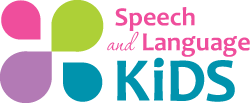
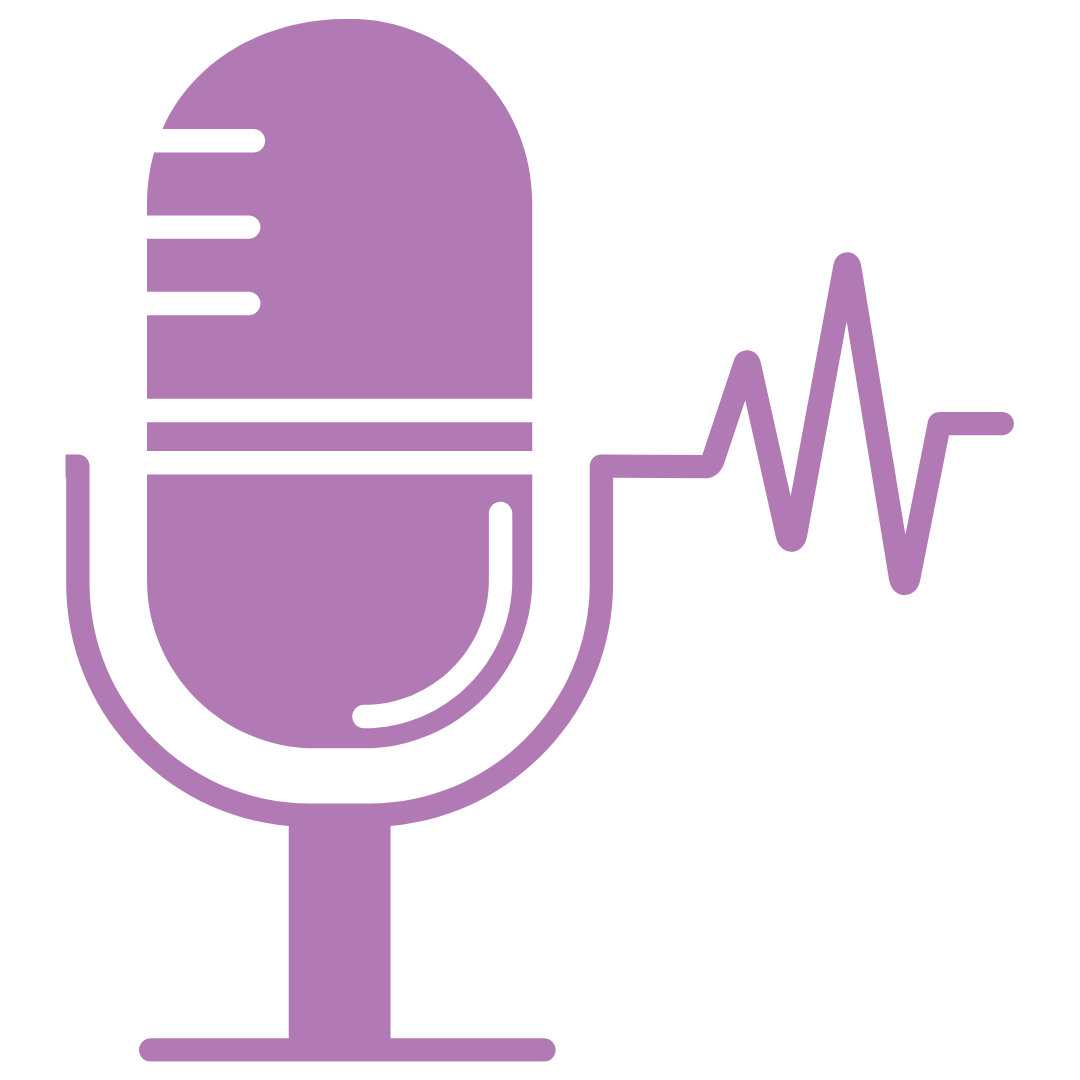
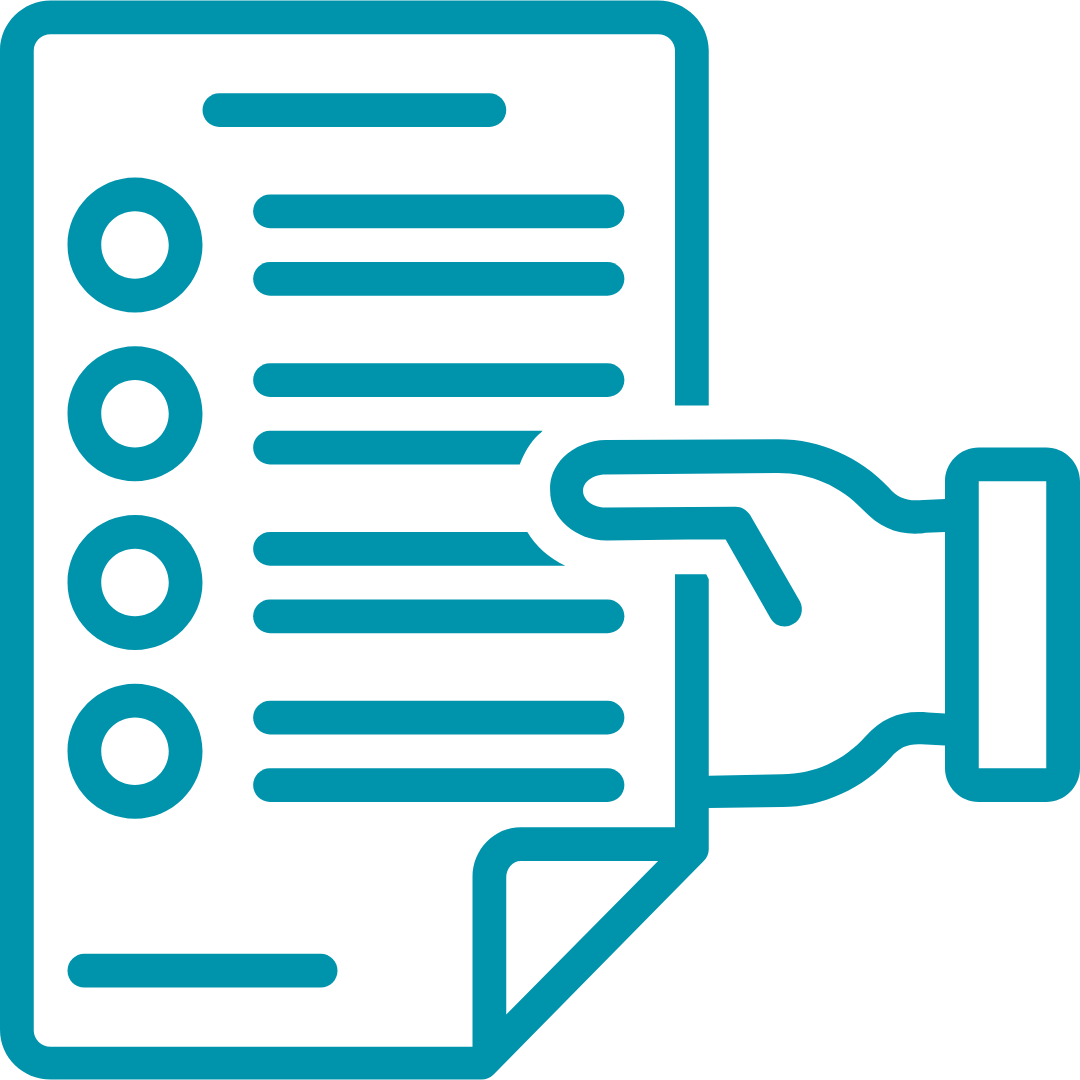
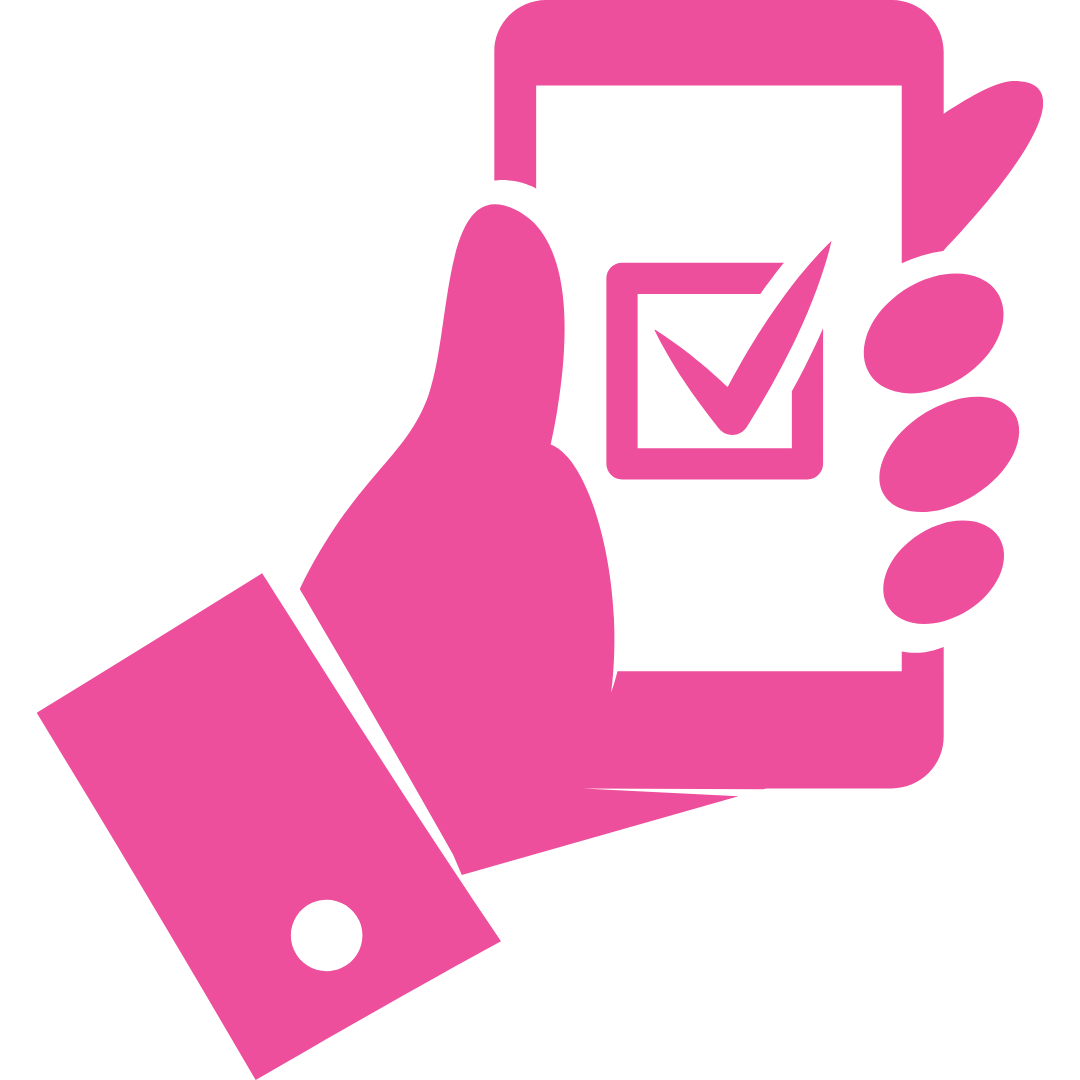
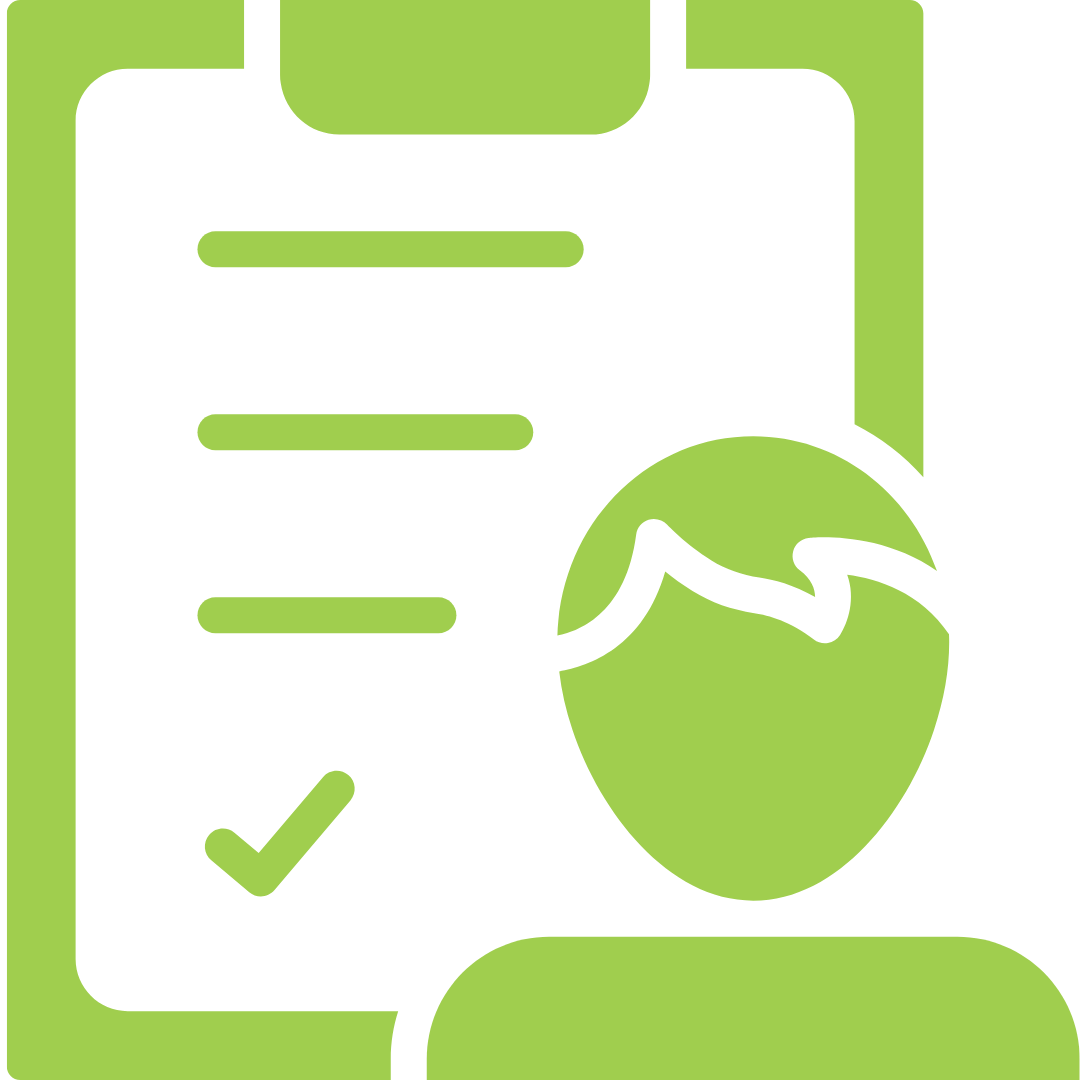
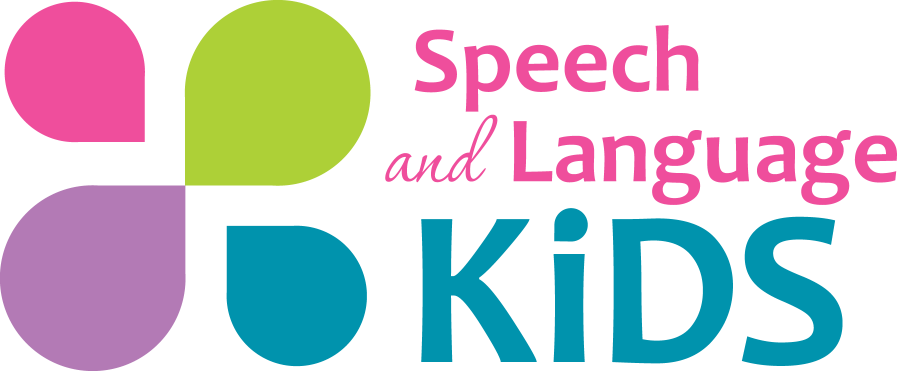
Leave A Comment